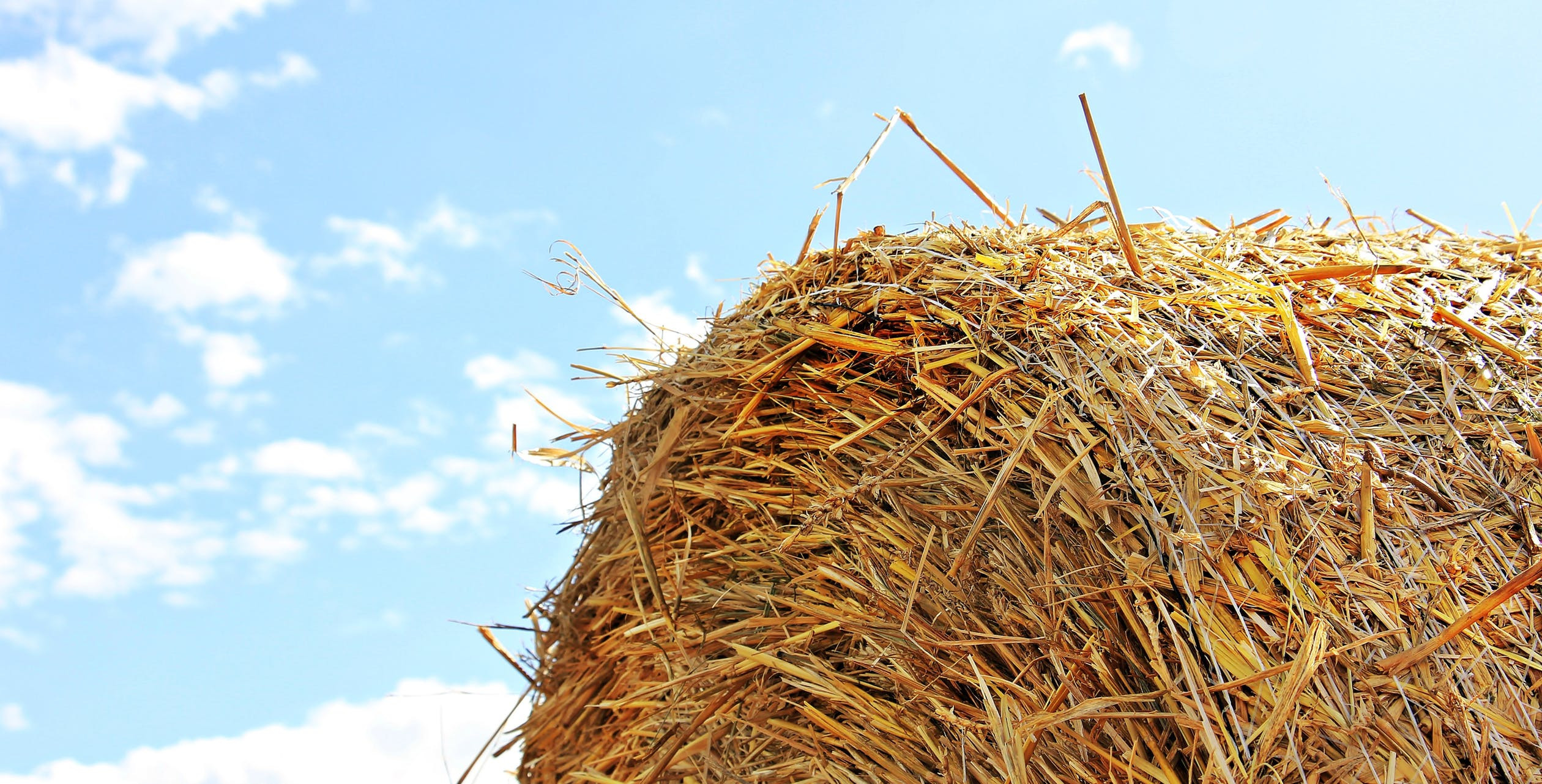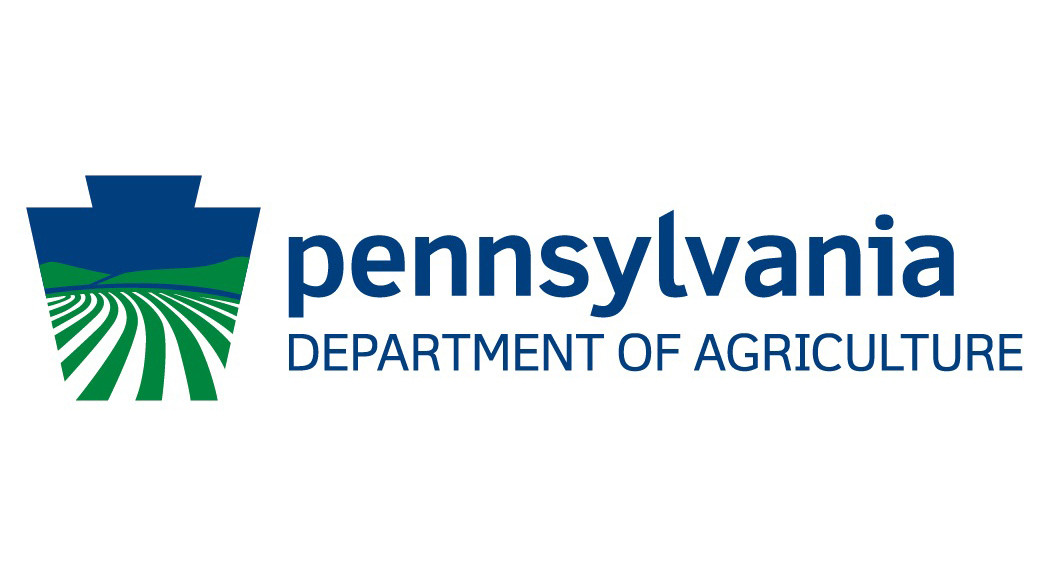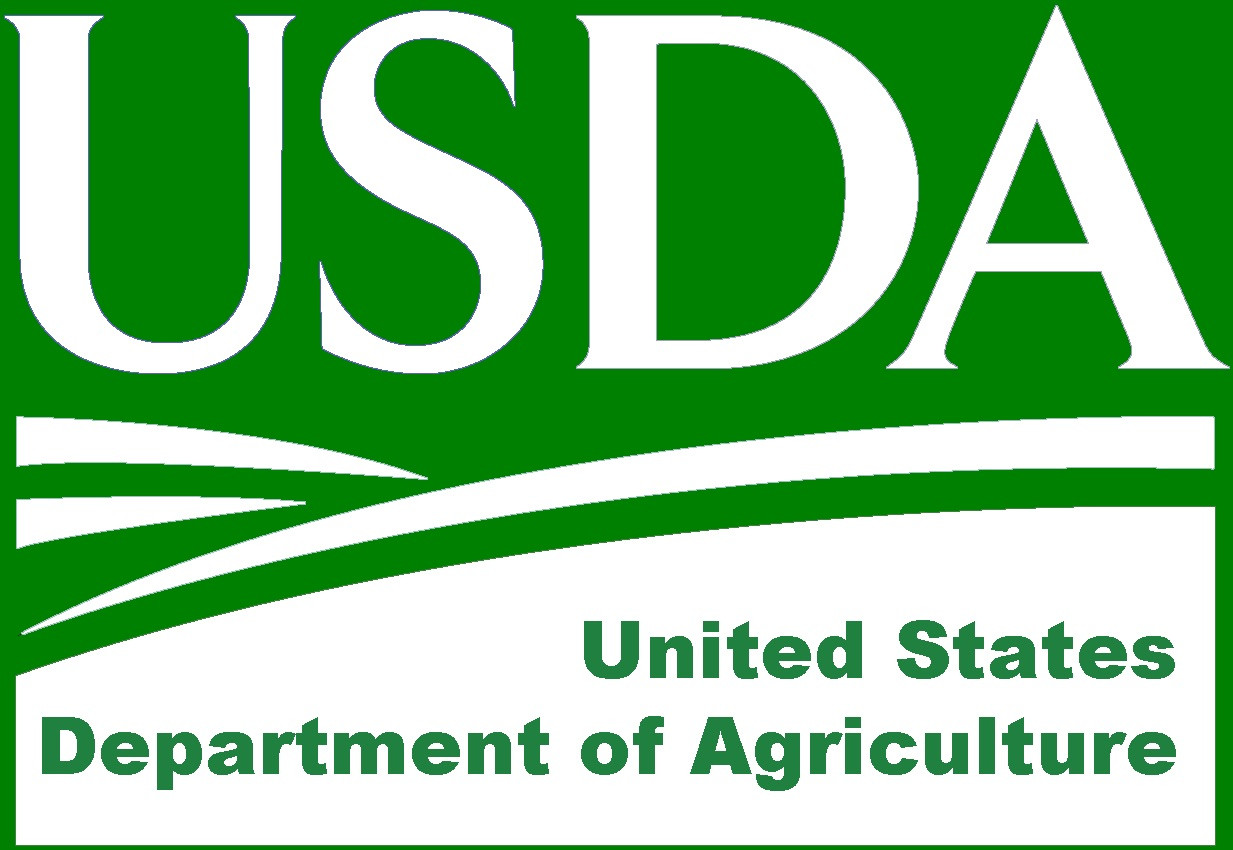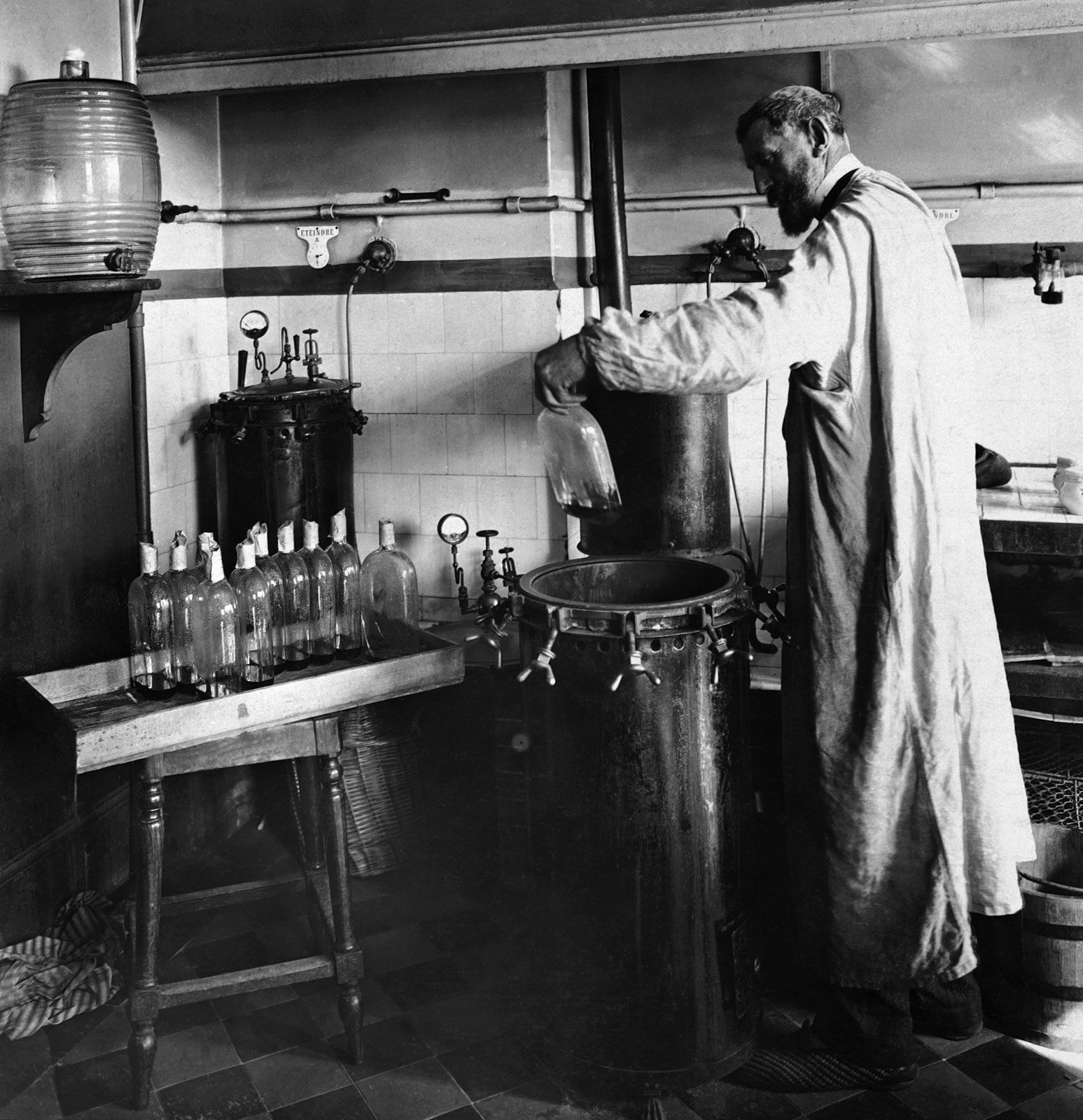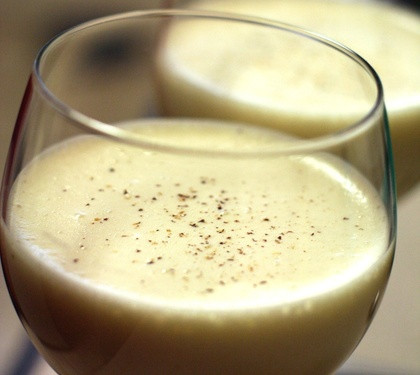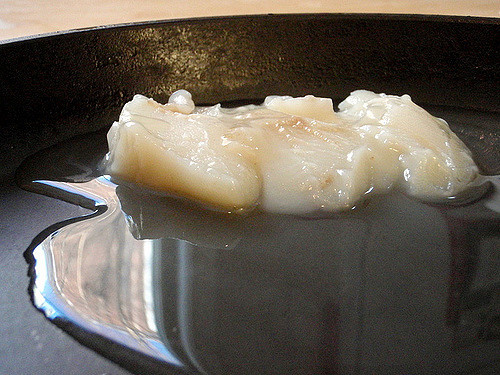How to make hay when the sun shines
Spring is here. The grass is growing. You know what that means. It’s time to make hay! I had the pleasure to visit the farm this week. The sun is shining. The grass is certainly green and at least two feet tall. Yup, it’s time to make hay. Hay is integral to agriculture. It’s how you can sustain animals in the colder months. And, you need to plan ahead. As the saying goes, you need to “make hay when the sun shines.”

